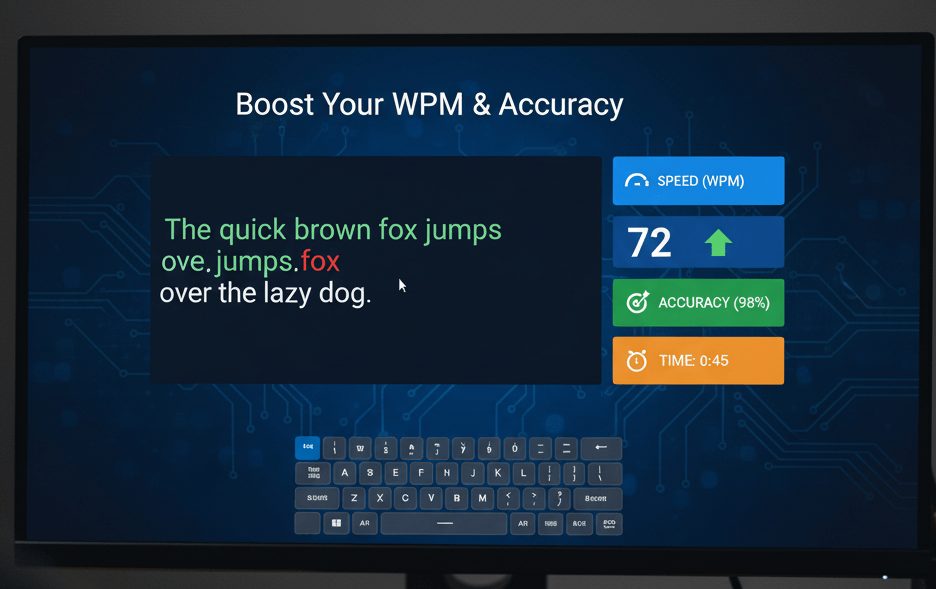How to Practice and Master Bengali Typing
Typing in Bengali (বাংলা) opens up a new world. The priiod is over of typing Bengali in digitally. After a long struggle many appiation has came i the market to type Bengali as well as supporting application. A decade ago there was limitation and now it almost gone for this sweetest language. You can write emails, create documents, and chat with friends and family in your native language. But typing in Bengali is different from typing in English. The keyboard is different. The letters are different. You even have to learn how to join letters to create jukta-borno (conjunct characters).
This guide will show you the two main ways to type in Bengali. It will help you choose the right one for you. And it will give you the tools to practice.

Method 1: Phonetic (Avro-style) Typing
This is the easiest and most popular method for most people. If you already know how to type in English, you can learn this in five minutes. Phonetic typing is simple. You type the Bengali word using English letters, and the software converts it for you. It's like "Banglish."
For example:
- You type "amar" and it becomes "আমার".
- You type "bangla" and it becomes "বাংলা".
- You type "sona" and it becomes "সোনা".
This method is fantastic for chatting, writing emails, and social media. You do not need to memorize a new keyboard layout. You just type what you hear. The most popular software for this is Avro Keyboard. It is free and works on all computers. This is the best choice for students and casual users.
Method 2: InScript (The Professional Layout)
This is the official, standard Bengali keyboard layout. This is a true touch-typing system. Each Bengali letter has a specific key. For example, 'ক' is on one key, 'আ' is on another. This layout is similar to the touch-typing method for English. You place your fingers on a home row and learn which finger hits which key.
This method is much harder to learn. You must memorize a completely new layout. But it is also much faster for professional work. Journalists, government workers, and professional typists use InScript. If your career requires you to type in Bengali all day, this is the method you should learn.
The Big Challenge: Jukta-Borno (Conjuncts)
The hardest part of Bengali typing is joining consonants. How do you make "ক্ত" (k+t) or "ষ্ক" (sh+k)? You use a special key called the hosonto (হসন্ত).
The hosonto is like a "glue" key. It tells the computer, "Do not put a vowel here. Join the next letter to this one."
In Phonetic (Avro): You type the first letter, then the 'f' key (which is the hosonto), then the second letter.
Example: To type "শক্ত" (shokto), you type "s" + "f" + "k" + "f" + "t".
In InScript: You type the first letter, then the 'd' key (which is the hosonto), then the second letter.
This takes practice. Your fingers must learn to add the hosonto automatically. This is where practice tools are so important.
Practice Your Bengali Typing Now
The only way to get better is to practice. Let's try a short test. The text below is a famous Bengali proverb. Click "Start" and try to type it. You will need a Bengali keyboard (like Avro) enabled on your computer.
For a full-featured practice tool, you can check out this great Bengali typing test page. It offers many paragraphs to practice with.
 Typing Practice Hub
Typing Practice Hub